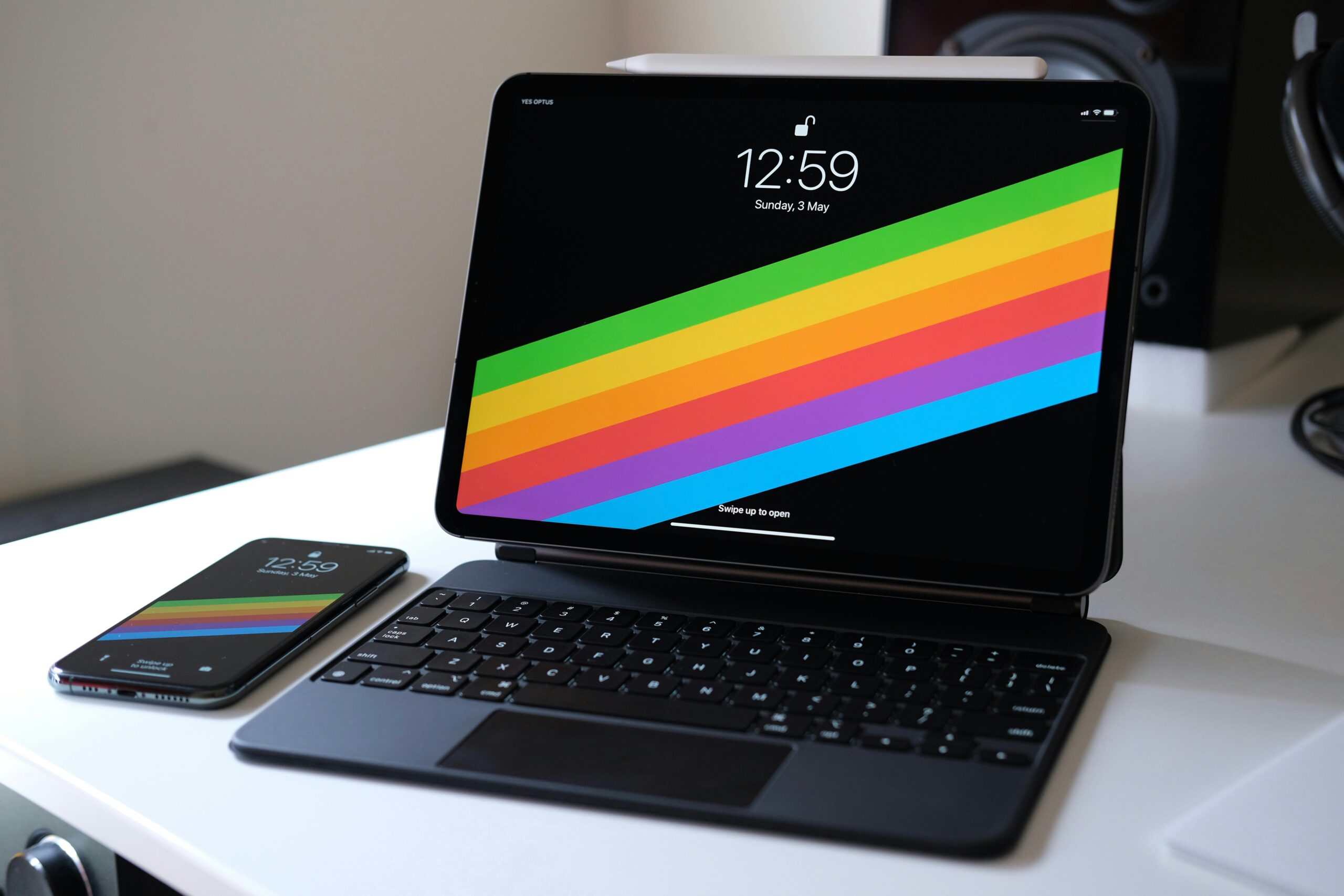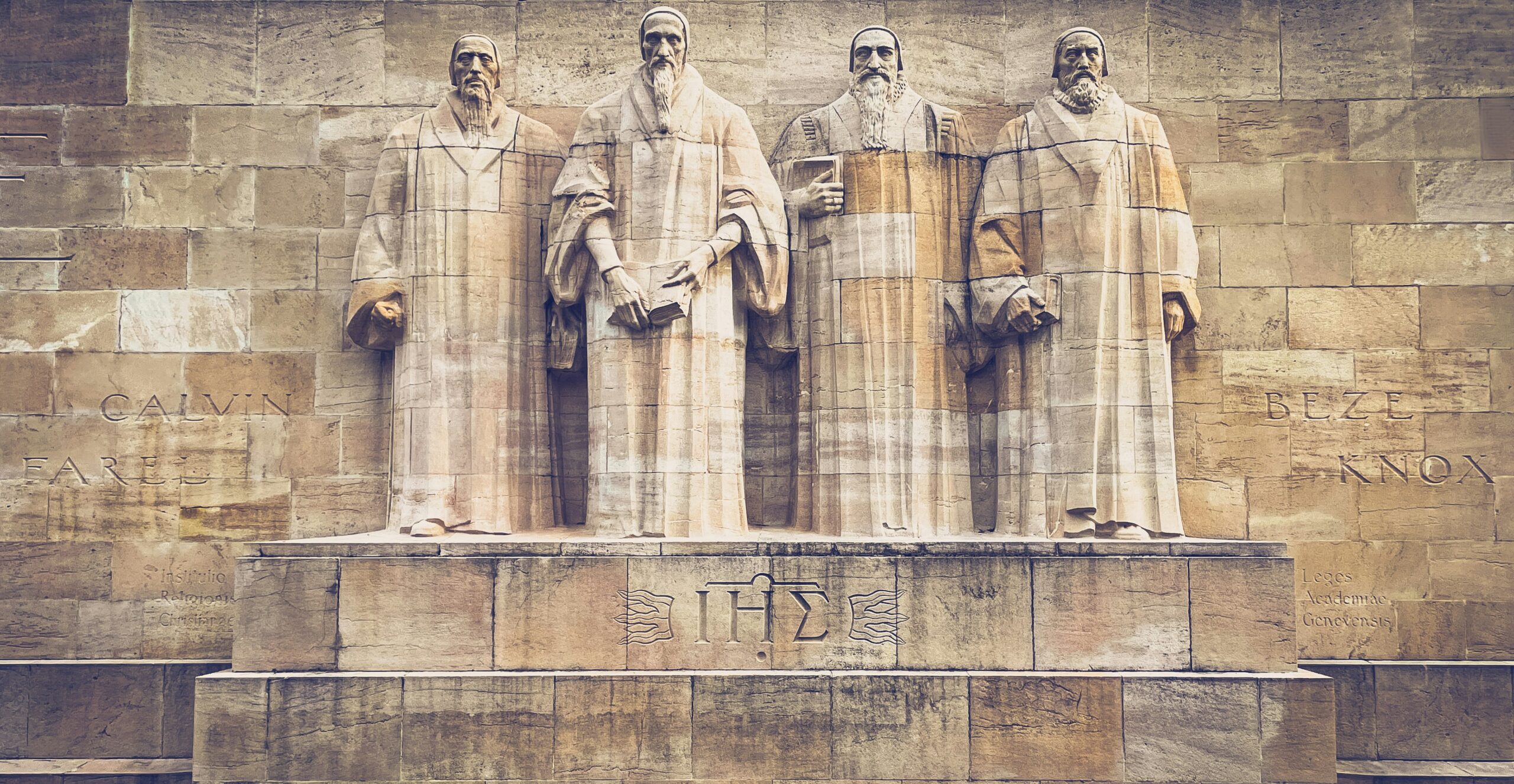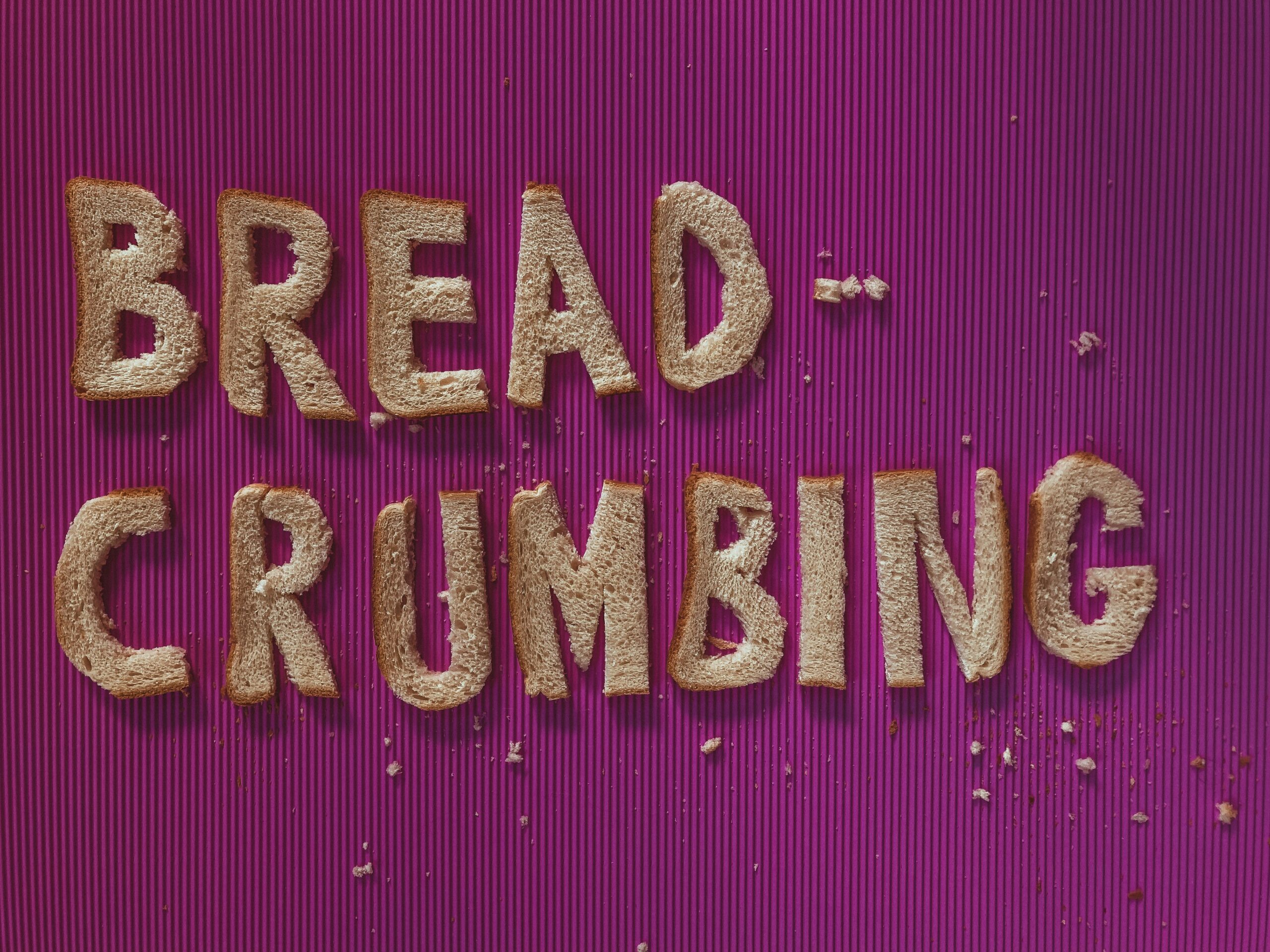Every June, Pride Month invites the world to reflect on the struggles, triumphs, and ongoing journey of the LGBTQ+ community. In recent years, one undeniable shift has been the transition from physical to digital space. The internet has evolved from a simple communication tool into a crucial social lifeline—especially for queer individuals seeking belonging, safety, and community.
But what does it mean to feel “safe” online? How do digital safe spaces shape the way queer identities are expressed and formed? This article delves into the sociological dynamics of online queer spaces, examining how they impact self-representation, solidarity, and resistance in the digital age.
What Is a “Safe Space”? A Sociological Perspective
The term “safe space” originally emerged from feminist and LGBTQ+ activism. It refers to a non-judgmental, inclusive environment where marginalized individuals can express themselves freely without fear of discrimination or violence.
Sociologically, safe spaces are counter-publics—alternative spaces that resist dominant narratives and foster identity building. In the digital context, this means online platforms, forums, and chatrooms where queer people:
- Share personal stories,
- Explore gender and sexual identity,
- Build relationships,
- Organize activism.
While not free from risks, these digital environments often provide a refuge from heteronormative pressures and offline dangers.
The Rise of Queer Digital Communities
Over the past two decades, the internet has hosted a vibrant evolution of queer community-building.
Early Spaces: Forums and Blogs
Before Instagram or TikTok, platforms like LiveJournal, Tumblr, and niche forums offered queer youth a place to vent, learn, and connect—often anonymously. These spaces were particularly critical for individuals in hostile or conservative environments.
Today’s Platforms: TikTok, Reddit, Discord
Modern platforms have evolved to become more visual, algorithmic, and fast-paced, yet still hold the spirit of community. For example:
- TikTok’s LGBTQ+ creators use trends and storytelling to foster visibility.
- Reddit’s r/ainbow or r/askgaybros serve as advice hubs and emotional support spaces.
- Discord servers curate more private, moderated spaces for deeper connection.
These platforms serve not only as support systems, but also as tools for identity experimentation and affirmation.
Anonymity and the Freedom to Explore
One of the greatest assets of digital queer spaces is the option to remain anonymous or pseudonymous. This lowers the social risk of “coming out” and allows individuals to:
- Experiment with pronouns and labels,
- Engage with LGBTQ+ discourse safely,
- Connect with others without being “outed.”
Sociologically, this anonymity acts as a buffer against social sanctions, allowing identity formation to occur on one’s own terms. It’s particularly important for:
- Youth in conservative families,
- Trans and non-binary individuals,
- Those questioning their orientation or gender.
The Performance of Queerness: Between Visibility and Vulnerability
Queer individuals often perform parts of their identity differently in various contexts. Erving Goffman’s concept of dramaturgy, the idea that life is like a stage where we perform roles, applies powerfully here.
On digital platforms:
- Instagram posts become curated self-presentations.
- Bio lines and profile pictures serve as signals of identity.
- Content creation (e.g. coming-out stories, educational reels) often blurs the line between performance and authenticity.
This performance can be empowering, but also emotionally taxing. The pressure to be “out,” “visible,” or “politically engaged” can lead to burnout and overexposure—especially when platforms are saturated with queer trauma narratives.
Harassment and the Limits of Digital Safety
Digital safe spaces aren’t utopias. Queer individuals still face:
- Trolling and hate speech,
- Doxxing and online stalking,
- Shadowbanning or content suppression (particularly affecting BIPOC and trans creators).
In this sense, safe spaces are often negotiated, not guaranteed. Community moderation, reporting tools, and platform accountability remain essential for maintaining safety.
Solidarity, Activism, and the Digital Pride Movement
Online safe spaces have also become powerful engines of activism. From organizing Pride events to crowdfunding surgeries or protesting anti-LGBTQ+ laws, digital platforms enable:
- Rapid mobilization,
- Transnational solidarity and
- Collective visibility.
Hashtags like #PrideMonth, #TransRightsAreHumanRights, or #QueerJoy not only spread awareness but also create emotional resonance and belonging.
Moreover, during the COVID-19 pandemic, virtual Pride events ensured that celebrations of identity and resilience continued—despite physical distancing.
Intersectionality in Queer Digital Spaces
Not all queer experiences are the same. Digital spaces have allowed for more nuanced, intersectional discourse around race, class, disability, and religion within LGBTQ+ identity.
For example:
- Disabled queer creators highlight accessibility issues within Pride events.
- Queer Muslims and Christians discuss faith and sexuality on platforms like YouTube and Clubhouse.
- Black trans creators challenge whitewashed queer representation and reclaim their narratives.
These discussions expand our understanding of queerness, moving beyond a single story.
The Internet as a Site of Queer Potential
The internet is not a perfect safe haven but it is a radical tool. It allows LGBTQ+ individuals to name themselves, find kinship, heal, and organize, sometimes for the first time in their lives.
As sociologists, activists, and allies, we must continue to question:
- Who gets to feel safe online?
- What structural forces shape our digital lives?
- How can we make online spaces truly inclusive and liberatory?
In Pride Month and beyond, digital safe spaces remain vital, not as an escape from the world, but as a vision for what the world could become.





Bir yanıt yazın